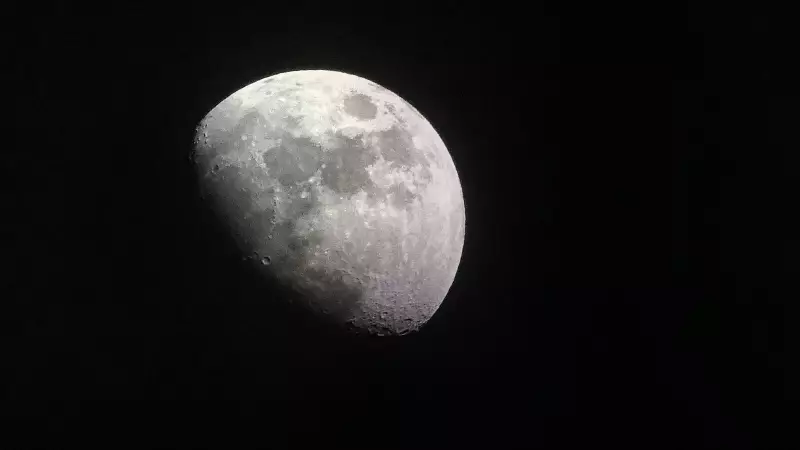
In an exciting astronomical development that sounds like science fiction, our planet Earth has officially gained a second moon! Astronomers worldwide are buzzing about the recent confirmation of asteroid 2025 PN7, which has been temporarily captured by Earth's gravitational pull, making it our newest celestial companion.
What Exactly Is This Second Moon?
Contrary to what you might imagine, Earth's new companion isn't a large, rocky body like our traditional Moon. Asteroid 2025 PN7 is a small space rock measuring approximately 50-100 meters in diameter - roughly the size of an Olympic swimming pool. This temporary moon was discovered by astronomers at the Pan-STARRS observatory in Hawaii and has been carefully tracked since its identification.
The Science Behind Temporary Moons
These celestial visitors, technically known as "temporarily captured orbiters" or "minimoons," are more common than you might think. As NASA astronomers explain, small asteroids frequently pass near Earth, and occasionally our planet's gravity captures them into temporary orbits before they continue their journey through space.
What makes 2025 PN7 special? This particular minimoon has been orbiting Earth in a complex, wobbling path that demonstrates the delicate gravitational dance between our planet, the Moon, and the Sun.
How Long Will This Cosmic Visitor Stay?
Unlike our permanent Moon that has accompanied Earth for billions of years, 2025 PN7 is just passing through. Astronomers predict this temporary satellite will remain in Earth's orbit for several months to a year before gravitational interactions with our Moon and the Sun eventually fling it back into interplanetary space.
Why This Discovery Matters for Science
This celestial event represents more than just an astronomical curiosity. Scientists are particularly excited because:
- Research Opportunity: Temporarily captured asteroids provide unique opportunities to study near-Earth objects up close
- Planetary Defense: Understanding these orbits helps improve our planetary defense systems
- Space Mission Potential: Future missions could potentially visit these temporary moons for sample collection
- Orbital Dynamics: Each discovery helps refine our understanding of complex gravitational interactions
Can You See Earth's Second Moon?
While the concept of a second moon captures the imagination, unfortunately 2025 PN7 is too small and distant to be seen with the naked eye or even most amateur telescopes. Professional observatories with advanced equipment are required to track this faint celestial visitor as it journeys through our cosmic neighborhood.
This remarkable discovery reminds us that our cosmic neighborhood is constantly changing, with celestial objects continuously entering and leaving Earth's gravitational influence. As astronomers continue to monitor 2025 PN7's journey, we're reminded that sometimes truth really is stranger than fiction when it comes to the wonders of our solar system.





